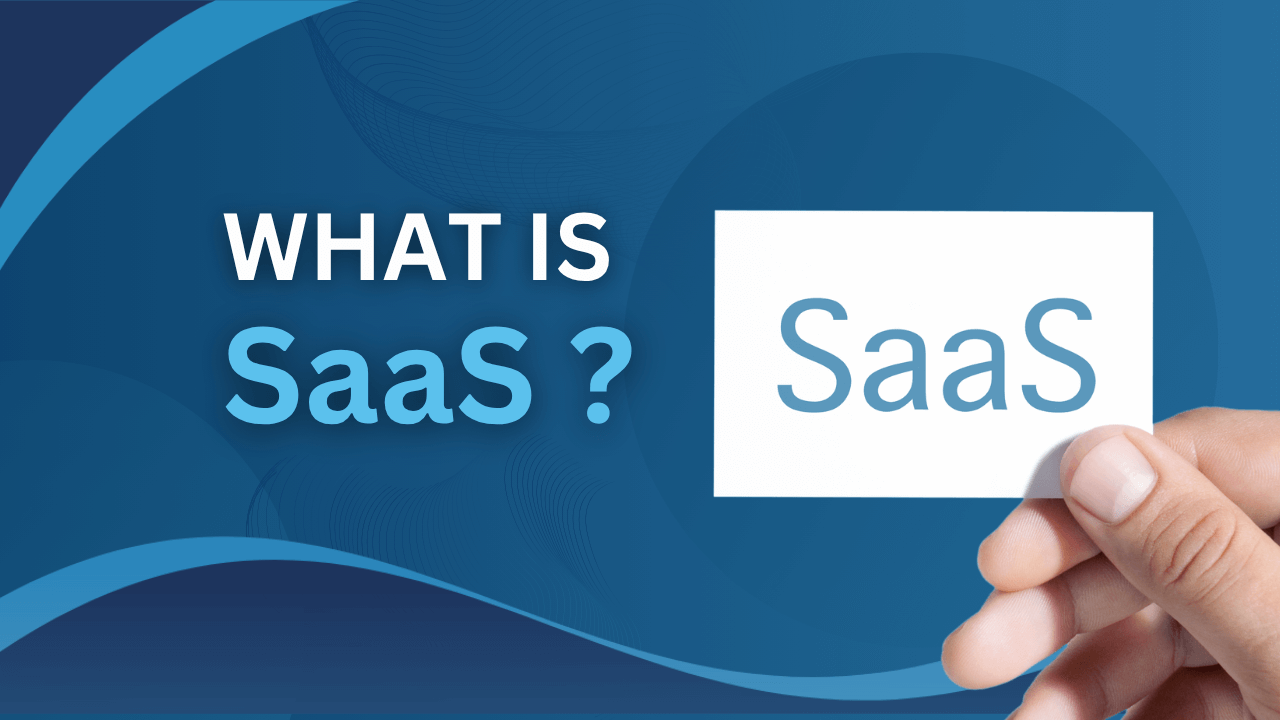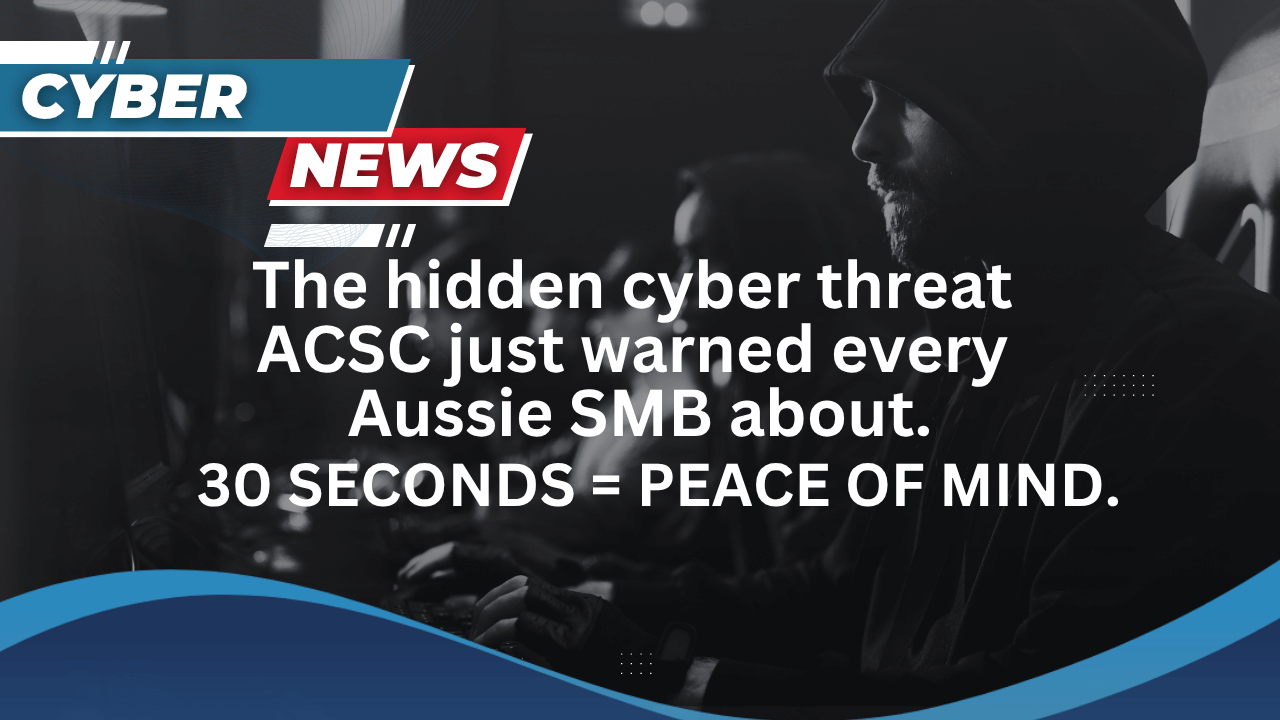The Australian Cyber Security Centre has just released its latest threat assessment, and the message is clear: cyber attacks on Australian businesses are escalating, evolving, and becoming harder to defend against.
If you’re running a small business, this report is essential reading. Here’s why – and what you need to do about it.
The Big Picture: State-Sponsored Threats and Organised Cybercrime
State-sponsored cyber actors have emerged as a serious and growing threat, targeting networks operated by Australian governments, critical infrastructure and businesses for strategic government goals. While cybercrime continues to challenge Australia’s economic and social systems.
For small business owners, this might seem like a distant problem – something that only affects big corporations or critical infrastructure. But the reality is far more nuanced. While state-sponsored actors may not directly target your business, their activities create a cascading effect throughout the cyber threat landscape, and organised cybercriminals are absolutely targeting small and medium-sized enterprises.
Why? Because small businesses often have the resources to make attacks profitable (more budget than a homeowner) but fewer defenses than large enterprises (easier to compromise).
Ransomware: The Biggest Direct Threat to Your Business
In May 2025, the Australian Government introduced a mandatory ransomware reporting regime for businesses with annual turnovers of $3 million or more, aiming to enhance government visibility of ransomware and cyber extortion threats, enable tailored industry advice, inform policy, and improve operational responses to disrupt ransomware activity across Australia.
If your business meets this threshold, you now have a legal obligation to report ransomware incidents. But even if you don’t, ransomware is the most profitable attack vector for cybercriminals – and that makes it a very real threat to your operations.
Ransomware works like this: Hackers infiltrate your systems, encrypt your critical files, and demand payment to unlock them. In the meantime, your business grinds to a halt. Customer data may be at risk. Revenue stops. Your reputation takes a hit.
The kicker? Even paying the ransom doesn’t guarantee your data won’t be leaked or that you won’t be targeted again.
Why Small Businesses Are Prime Targets
The ACSC report highlights that cybercriminals are becoming more strategic and efficient in their targeting. They use automated tools to scan thousands of businesses looking for vulnerabilities. When they find a small business with outdated systems, untrained staff, or no multi-factor authentication, they move in.
Here’s what makes small businesses attractive targets:
Inadequate defenses: Limited IT budgets mean many small businesses are still running on legacy systems or minimal security infrastructure.
Valuable data: You store customer information, payment details, intellectual property – all things worth money to criminals.
Insurance incentives: Cybercriminals know small businesses often have cyber liability insurance, making them more likely to pay ransoms.
Less scrutiny: Your business probably isn’t monitored 24/7 like enterprise-level operations, giving attackers more time to work undetected.
Practical Steps You Can Take Today
You don’t need a massive IT department to improve your cyber resilience. The ACSC and international security agencies have emphasised that the fundamentals matter most.
Implement Multi-Factor Authentication (MFA): This single step blocks the majority of cyber attacks. It’s simple, it’s affordable, and it works.
Keep systems updated: Software patches fix known vulnerabilities. Delay updates, and you’re leaving the door open for attackers.
Train your team: Your employees are either your strongest defense or your weakest link. Regular cyber awareness training – even brief sessions – reduces the likelihood of successful phishing attacks by 80%+.
Use strong, unique passwords: Encourage staff to use password managers to generate and store complex passwords. Banned patterns like “Password123” are cracked in seconds.
Have an incident response plan: If an attack happens, do you know what to do? Who to call? How to communicate with customers? Having this sorted in advance can dramatically reduce the damage.
Regular backups: If you can quickly restore from a clean backup, ransomware becomes far less effective as an extortion tool.
The Bottom Line
The 2024-2025 ACSC Cyber Threat Report isn’t meant to scare you – it’s meant to inform you. The threats are real, but so are the solutions. Most small business cyber breaches are preventable with consistent application of security fundamentals.
The question isn’t whether you can afford to invest in cyber security. The question is: Can you afford NOT to?
A single ransomware attack, data breach, or security incident could cost more than five years’ worth of preventative security measures. Not to mention the operational disruption, regulatory fines, customer trust lost, and reputational damage.
Your next step? Review the resources available at cyber.gov.au, assess your current security posture, and identify one or two quick wins you can implement this week. Every step forward matters.
Key Takeaway for Business Owners:
Don’t wait for a breach to invest in cyber security. The ACSC report proves the threats are escalating. Take action today to protect your business, your data, and your customers tomorrow.
Have questions about strengthening your cyber defenses? Let’s talk. Contact Netcomp Solutions today for a confidential cyber security assessment.



